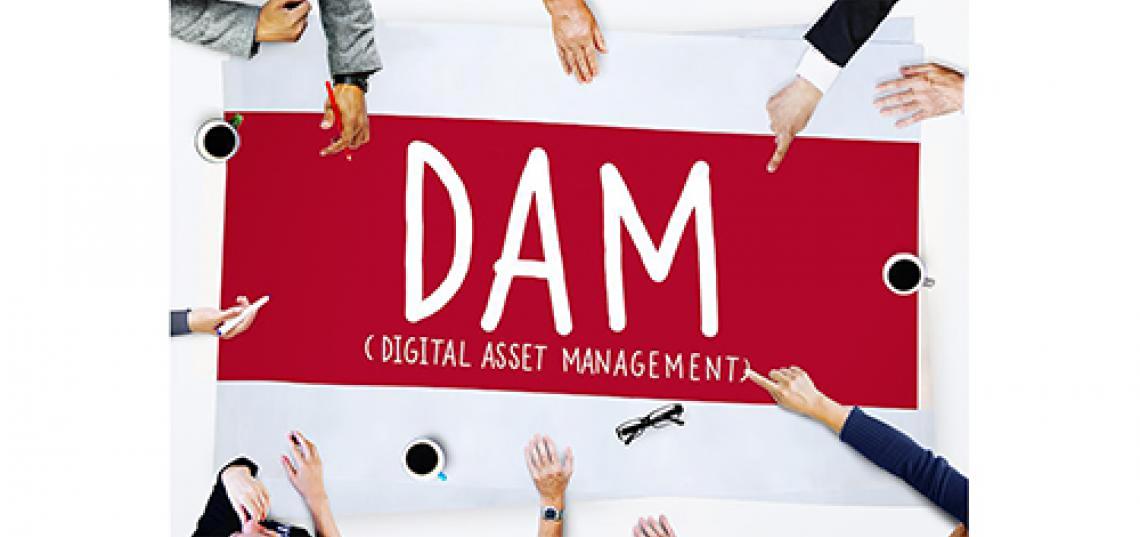
Anyone who saves photos or videos to their iPhone, or saves their work created in Microsoft Excel, Word, PowerPoint, or any other software, to their computers, is working with digital assets. Given the digital world we live in today, every organization now has so many assets – digital content that is important, even vital, to their operations and success – that managing these assets has become both challenging and a priority. Therefore, professionals who understand how to help their companies manage their assets are in high demand and will be valuable members of any team.
To enable working professionals to gain the digital asset management (DAM) skills they need, and in response to growing demand from the School of Communication and Information (SC&I) DAM certificate holders for additional courses, SC&I’s Professional Development Studies will be adding three new courses to its DAM Certificate beginning in April 2021. The courses are Rights for DAM, DAM for GLAM (Galleries, Libraries, Archives, and Museums), and Technical Considerations for Content Ecosystems.
These courses are open to all: new and current students, as well as certificate graduates who have finished all six of the original courses.
Students who complete a total of nine courses will receive an Advanced Certificate. Graduates who received the standard certificate must take three additional courses to earn the advanced certificate.
SC&I launched the DAM Certificate Program in 2019. The program has been so successful that more than 320 professionals from coast to coast and continent to continent have joined the DAM classes. The program is becoming a go-to destination for professional education in DAM.
The three new courses contain exciting information, skills, and insights that will be of interest to anyone hoping to gain more knowledge about digital asset management. Information on each of the courses, Rights for DAM, DAM for GLAM (Galleries, Libraries, Archives, and Museums), and Technical Considerations for Content Ecosystems, is below.
Mike McGinnis, Rights for DAM instructor, said, “The proliferation of digital media, as well as mechanisms and markets to exploit it, has increased both the importance and complexity of rights management. The successful DAM implementation will moderate and simplify rights as best it can to inform effective and efficient digital asset management and usage. The more DAM and Rights work together, the easier it is to both maximize usage and avoid the risk of non-compliance. This course provides a foundational understanding of rights management concepts from all sectors as well as insights that build on other DAM-related topics such as metadata, data governance, and integrations that power successful DAM implementations.”
How has DAM changed day-to-day working operations in the GLAM world? Kristina Huddart, the DAM for GLAM instructor, said, “The use of digital asset management in the Galleries, Libraries, Archives, and Museums (GLAM) community is growing exponentially. Your GLAM organization is great at managing collections of physical objects, artworks, books, and ancient manuscripts. But now you've been asked to share your collections digitally or give your patrons, visitors, and audiences an incredible digital experience. Where do you start? This class goes in-depth with DAM as well as case studies from within and outside of GLAM to guide you on success for your DAM practice. Whether you already have a DAM practice in place, or your GLAM organization is starting to explore "what is DAM?" or "how can we manage our collections and operations digitally", this is the right course for you. This course provides an understanding of the fundamental concepts, components, and elements necessary for the success of a DAM practice within your gallery, library, archives, or museum organization.”
The Technical Considerations for Content Ecosystems course will explore how structured content is created, enriched, published, and integrated into other Web content. Special attention will be given to Web and DAM standards for creating Linked-data collections, semantic metadata enrichment, and efficient processes and tools.
Explaining the course in-depth, the instructor, Dale Waldt, said, “Everyone is a content creator these days. And behind every DAM system are technical tools that DAM professionals may engage with directly or that knowledge of can help with overall management. Businesses and organizations of all types rely on DAM to store content and allow internal and external resources to connect and share assets and information. With more and more content to share and access assets, it is no longer sufficient to just put assets into a database somewhere without taking advantage of technologies to create a smart content ecosystem for your stakeholders and content consumers. Improved classification tools, structured content and DAM systems, collaborative environments, and open standards and tools can enable creating rich semantic content and new functionality and benefits.”
Registration for the DAM Certificate Program and additional information about Professional Development Studies at the Rutgers School of Communication and Information is on the website.
